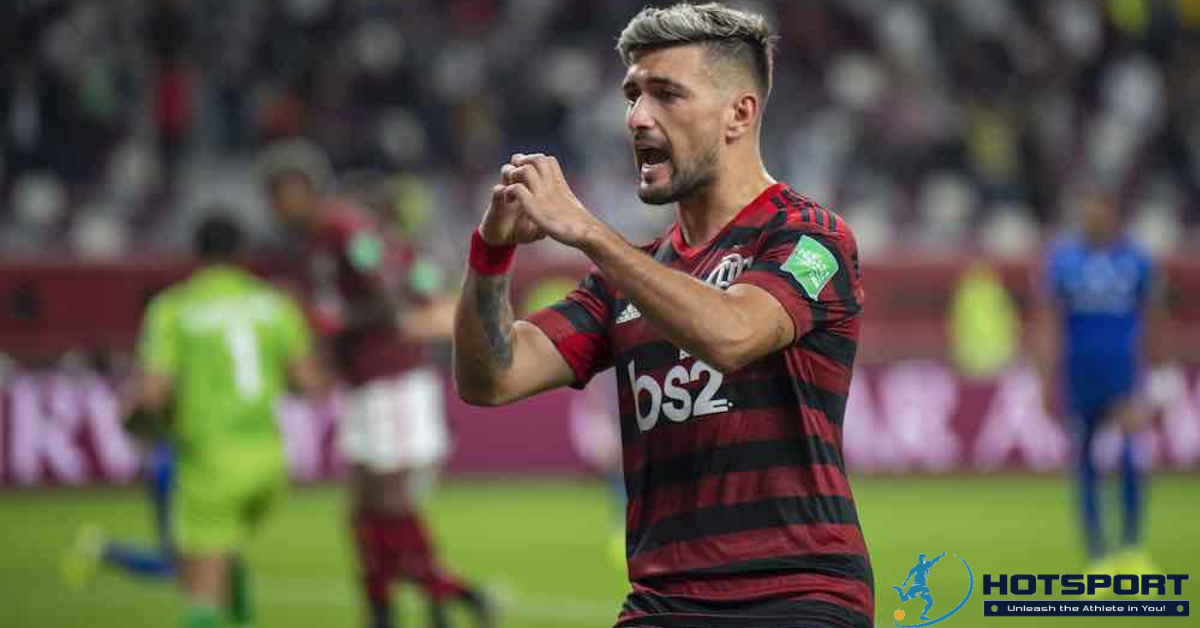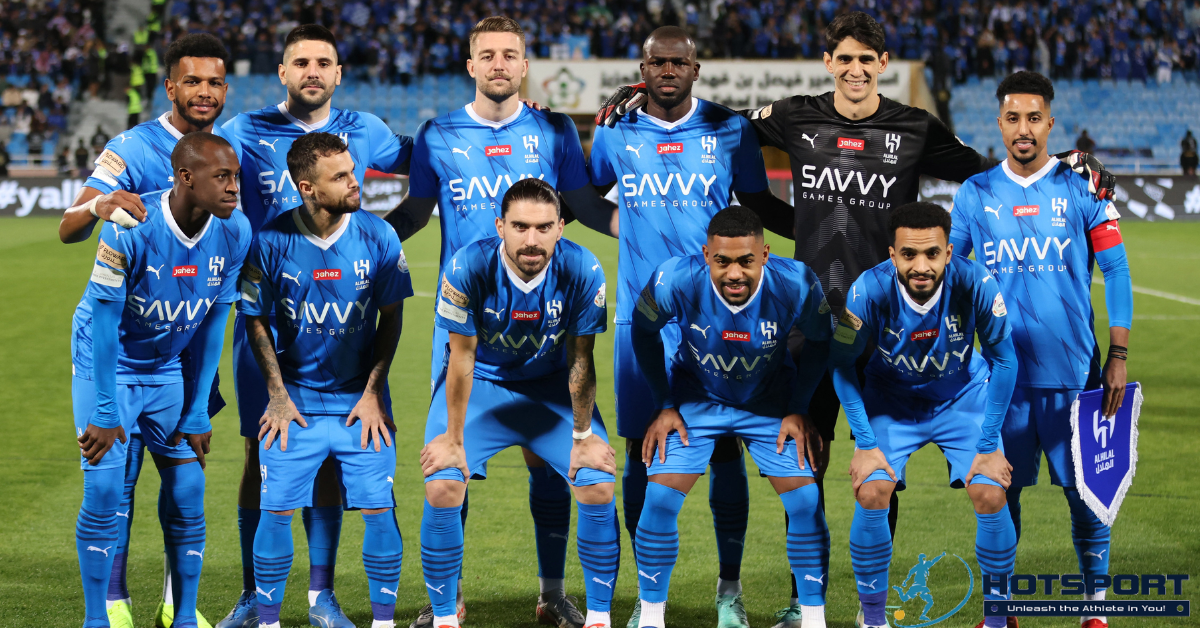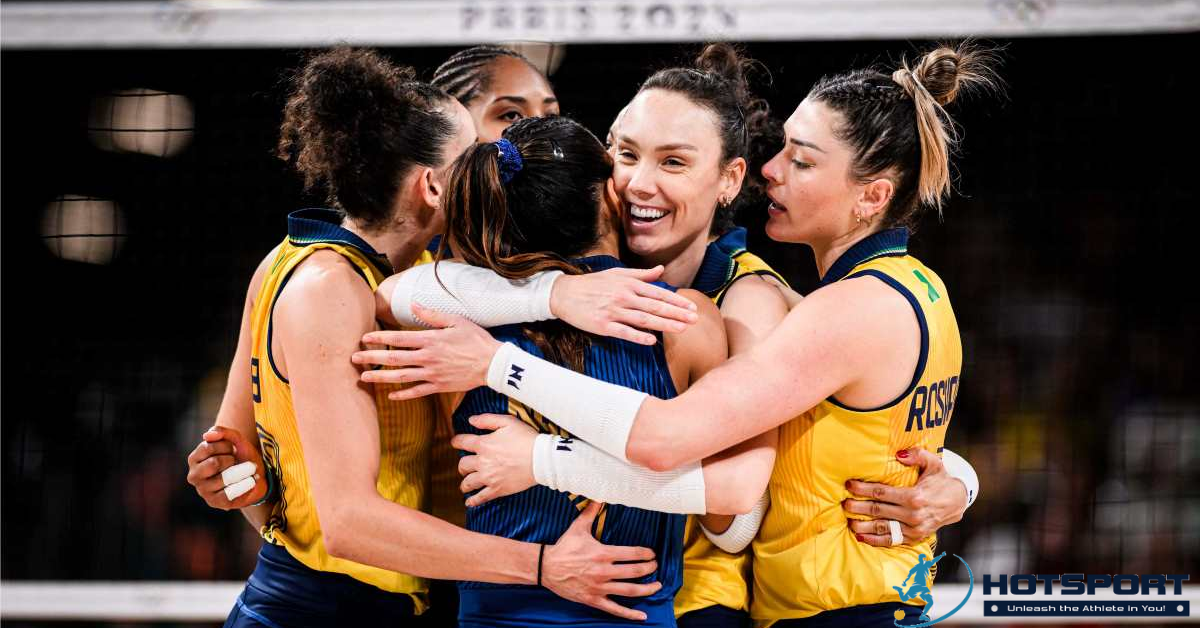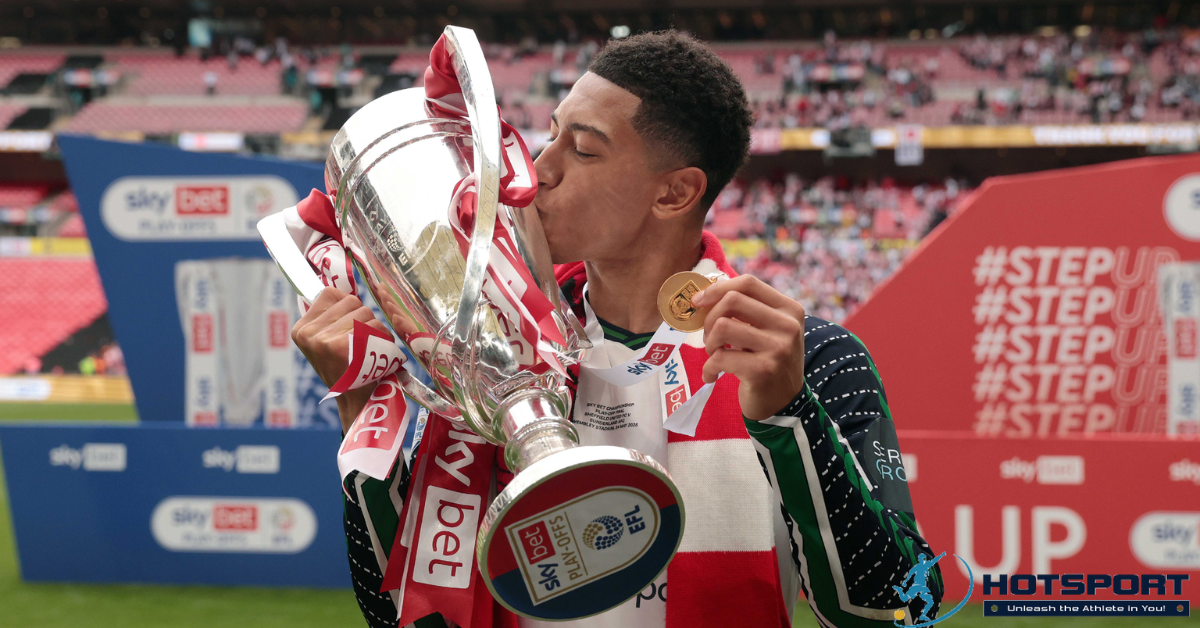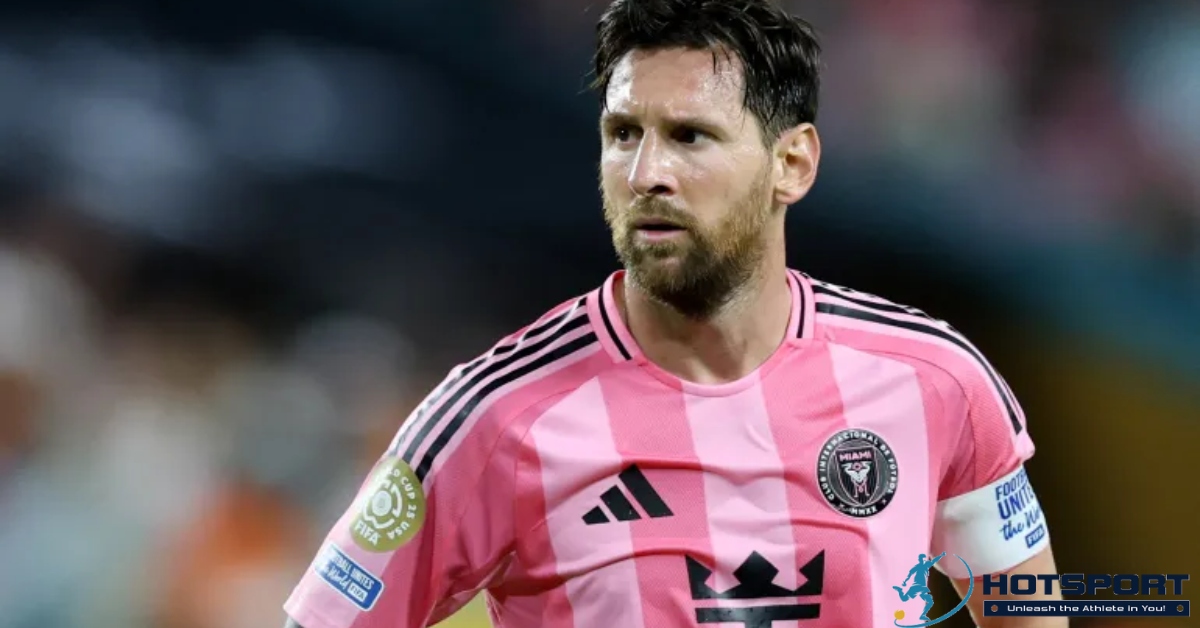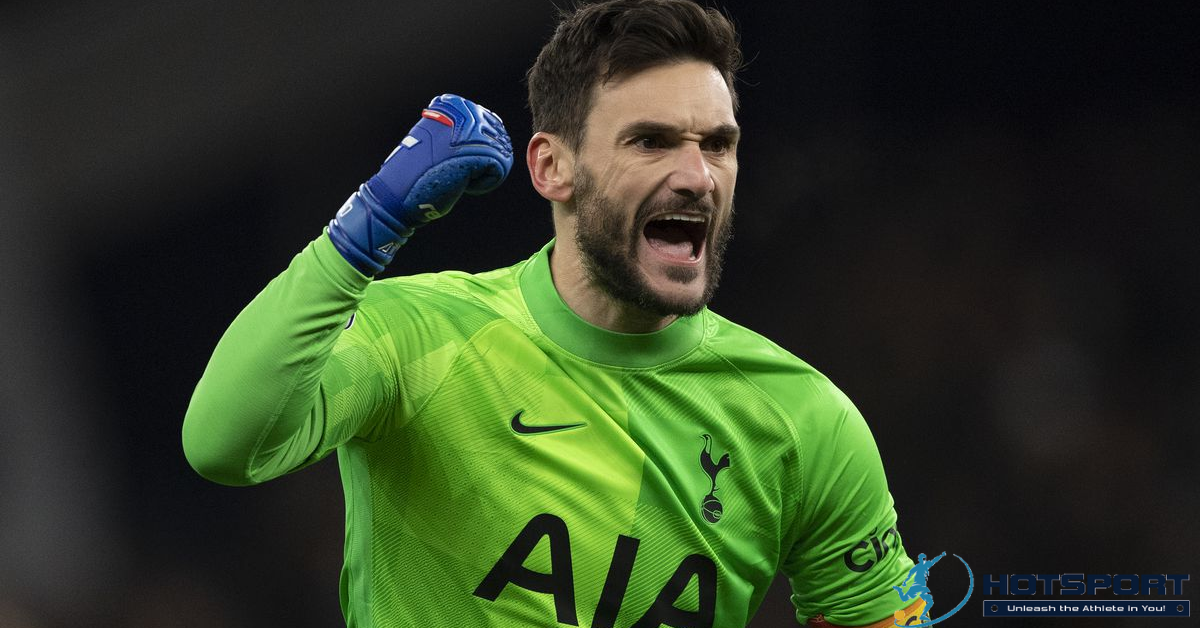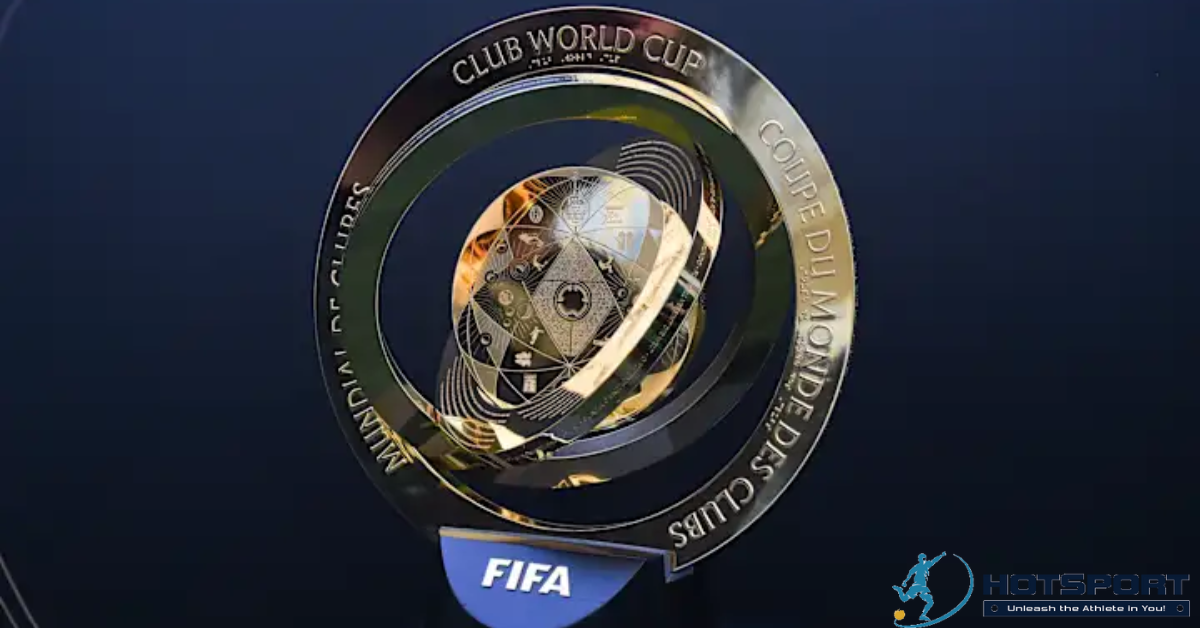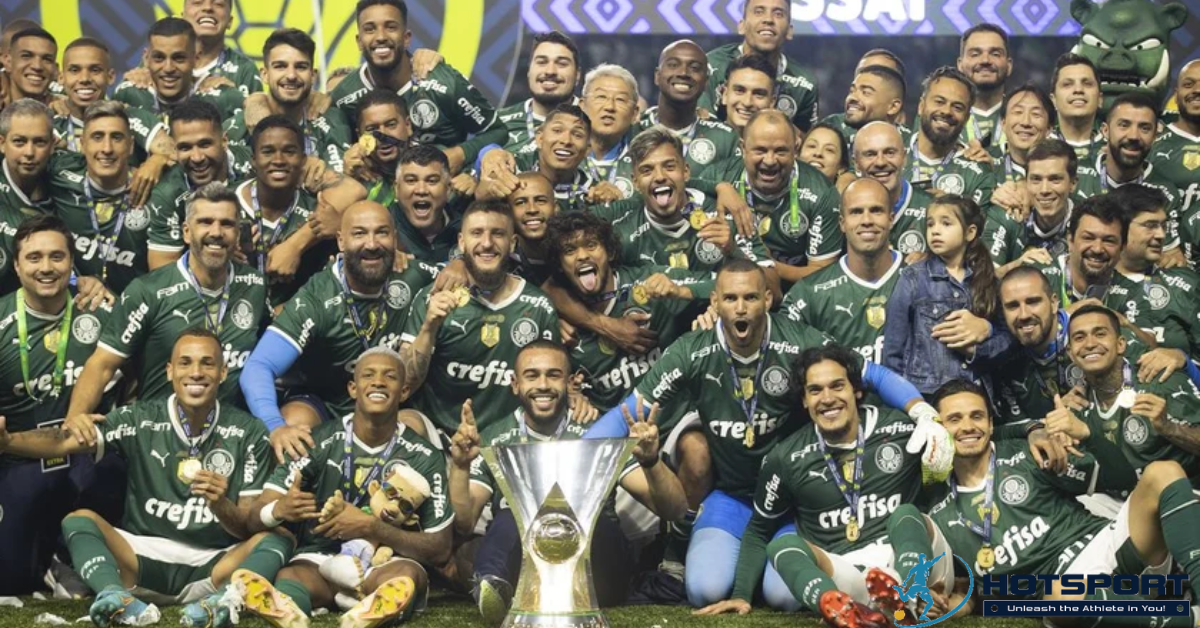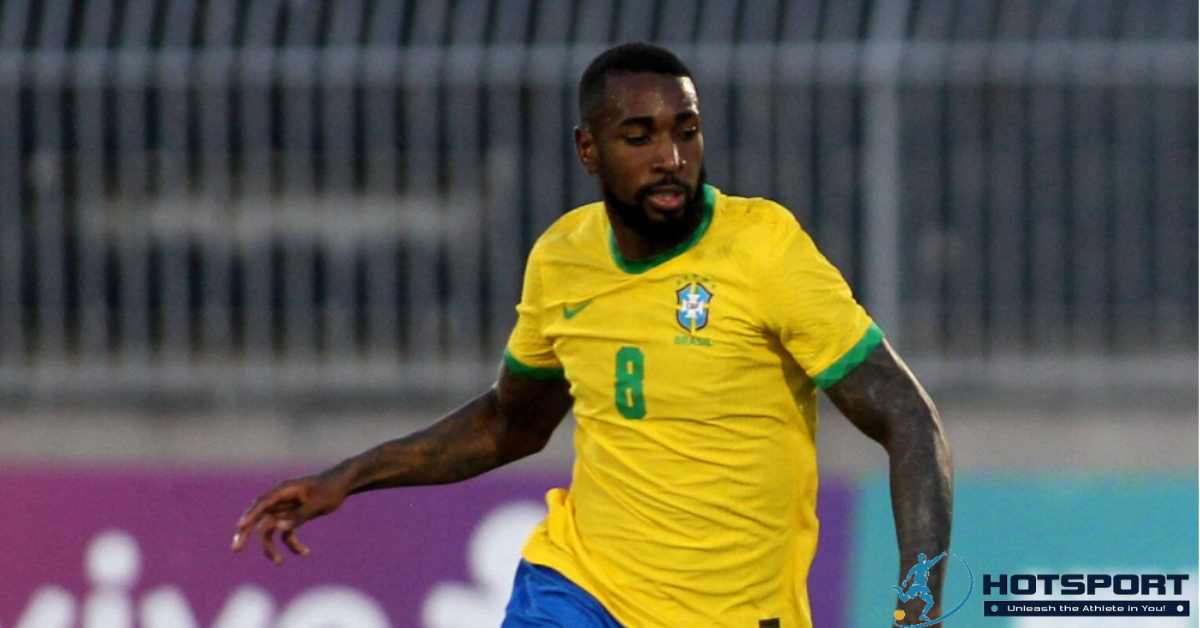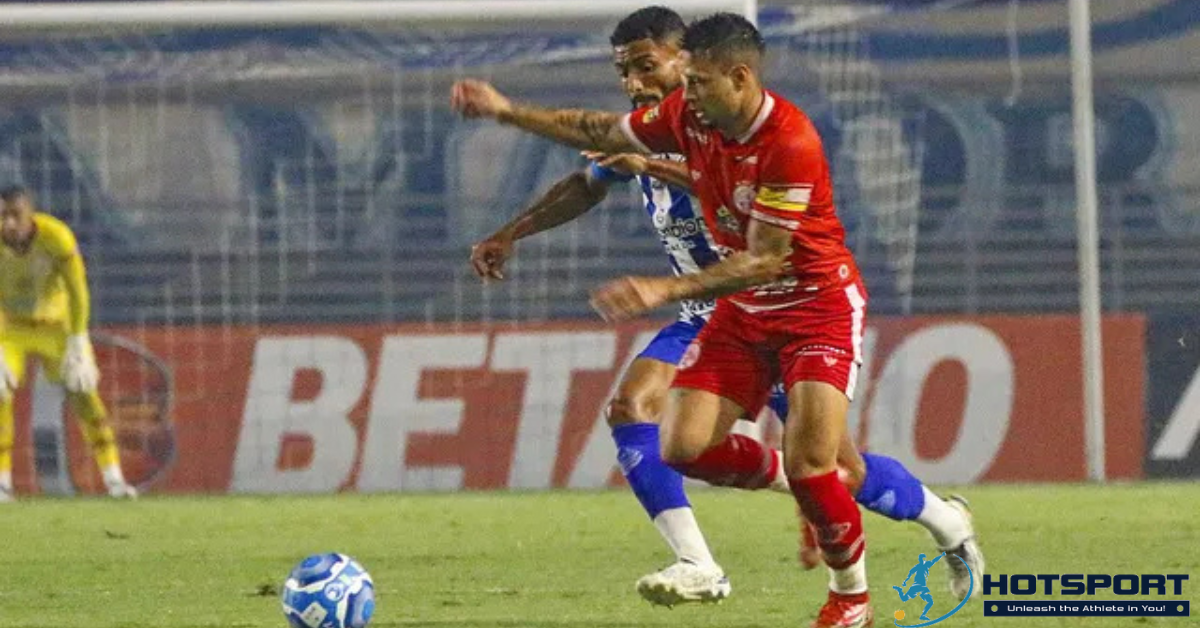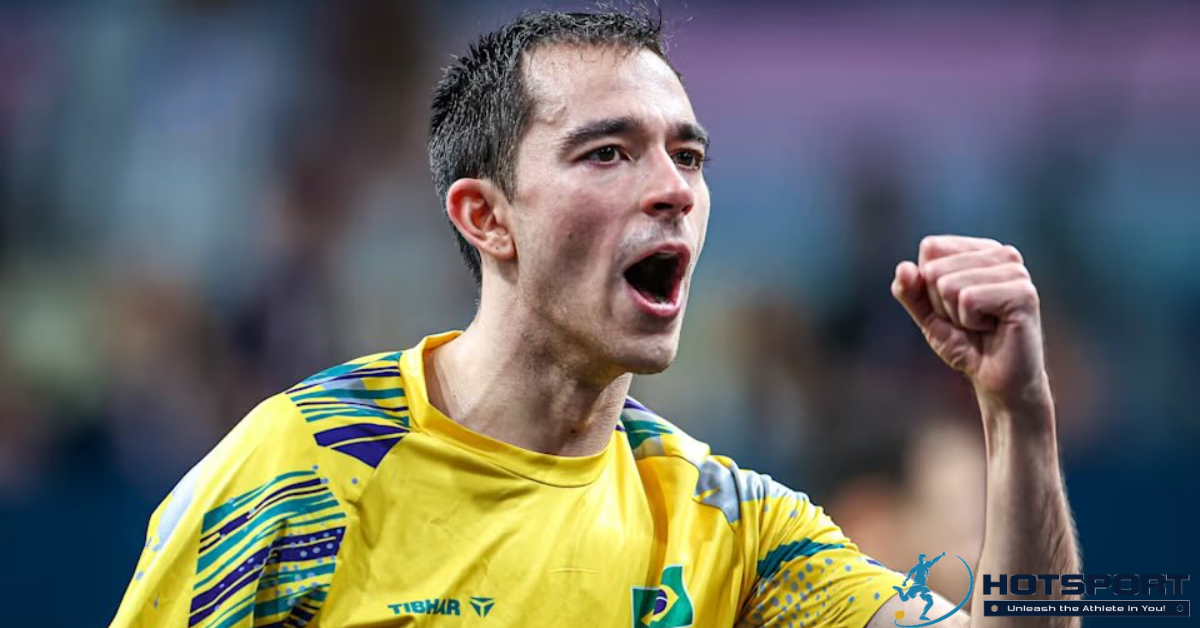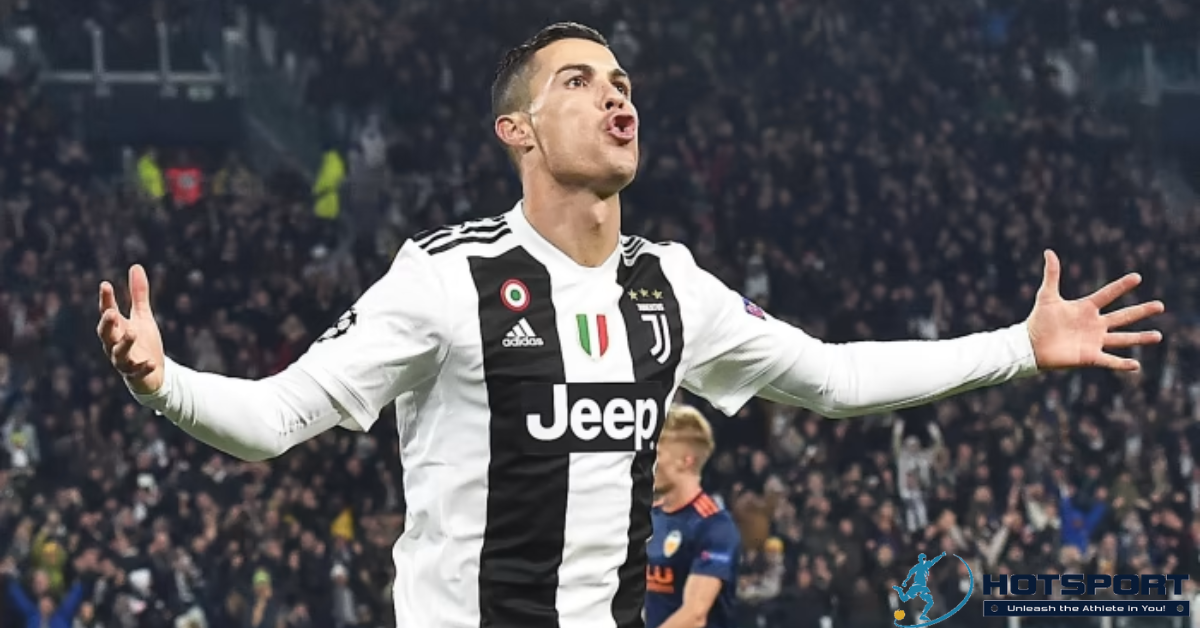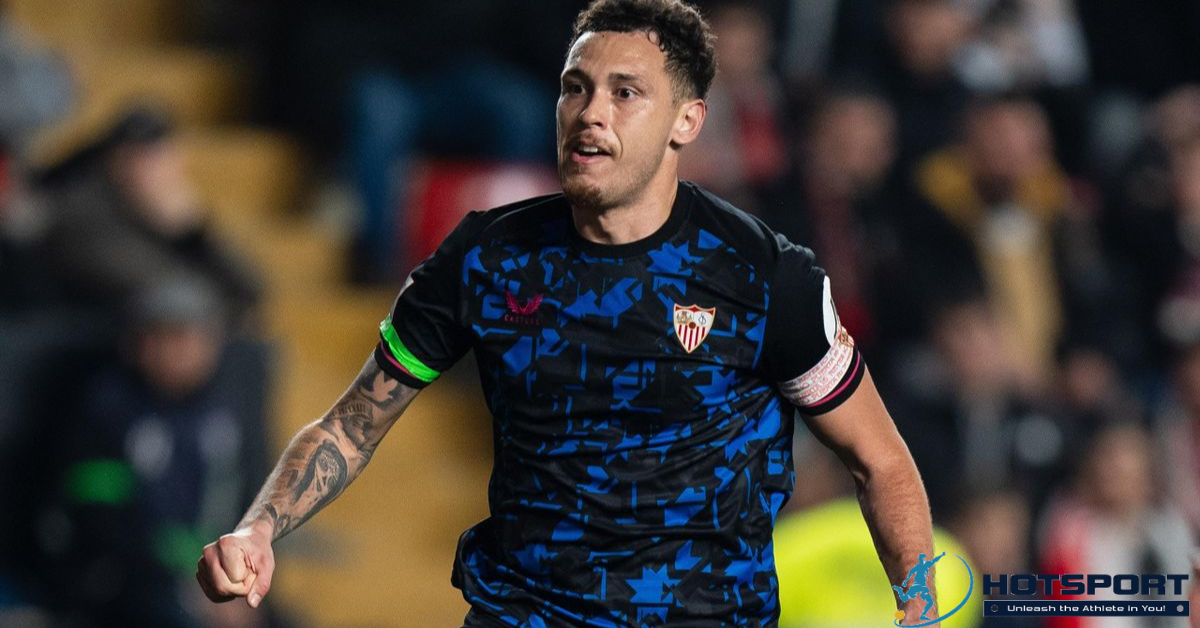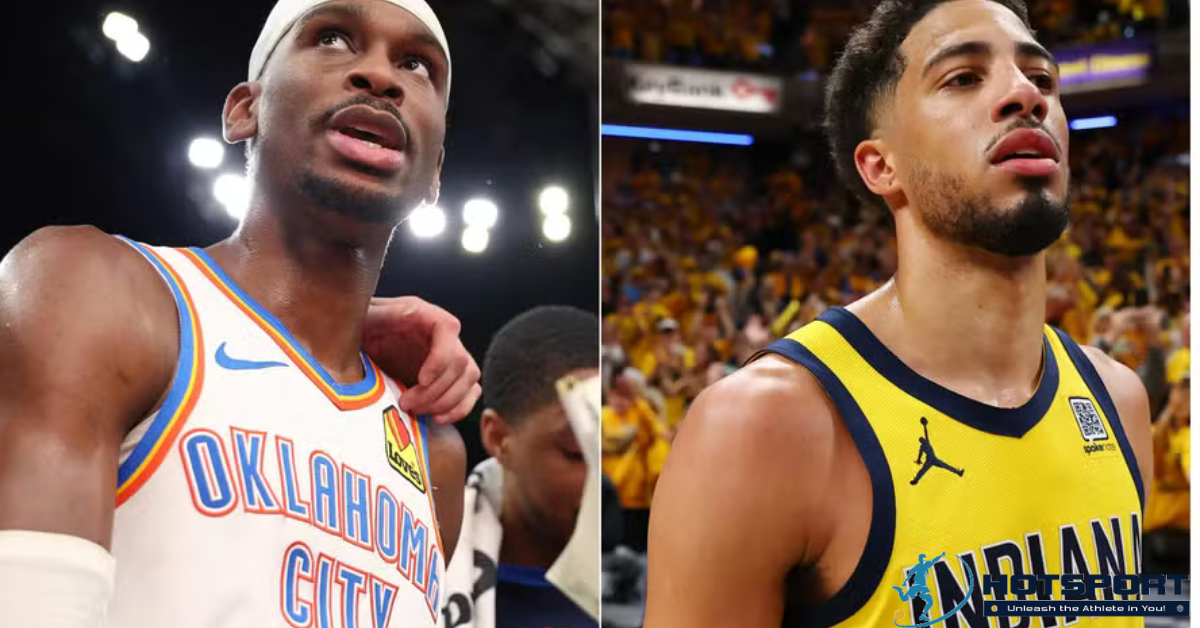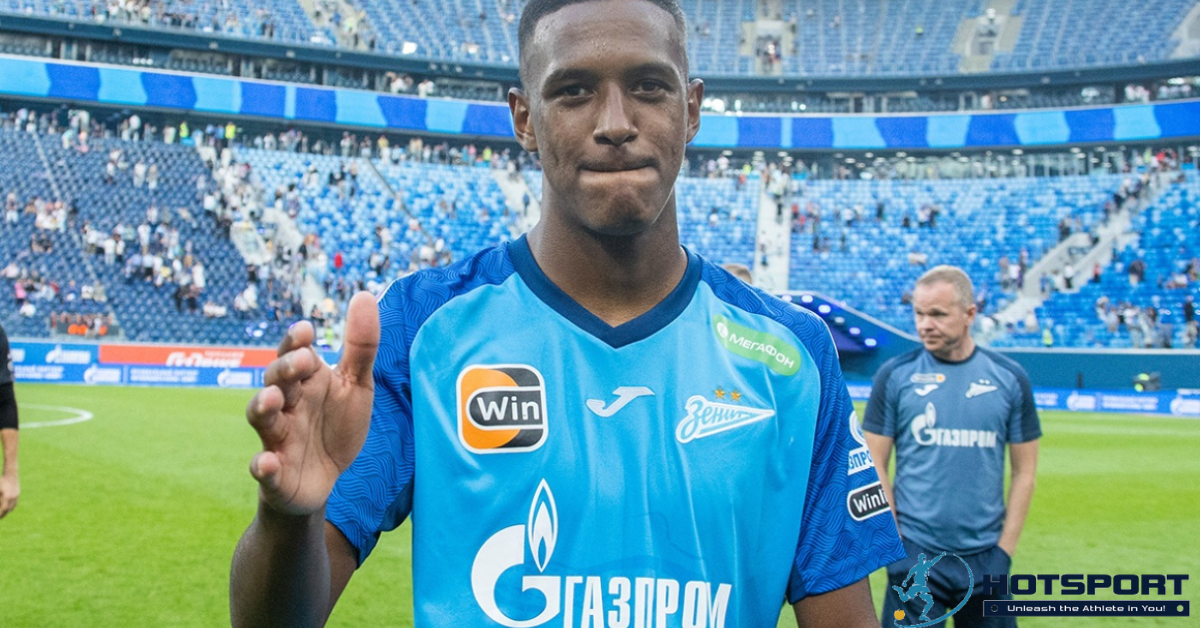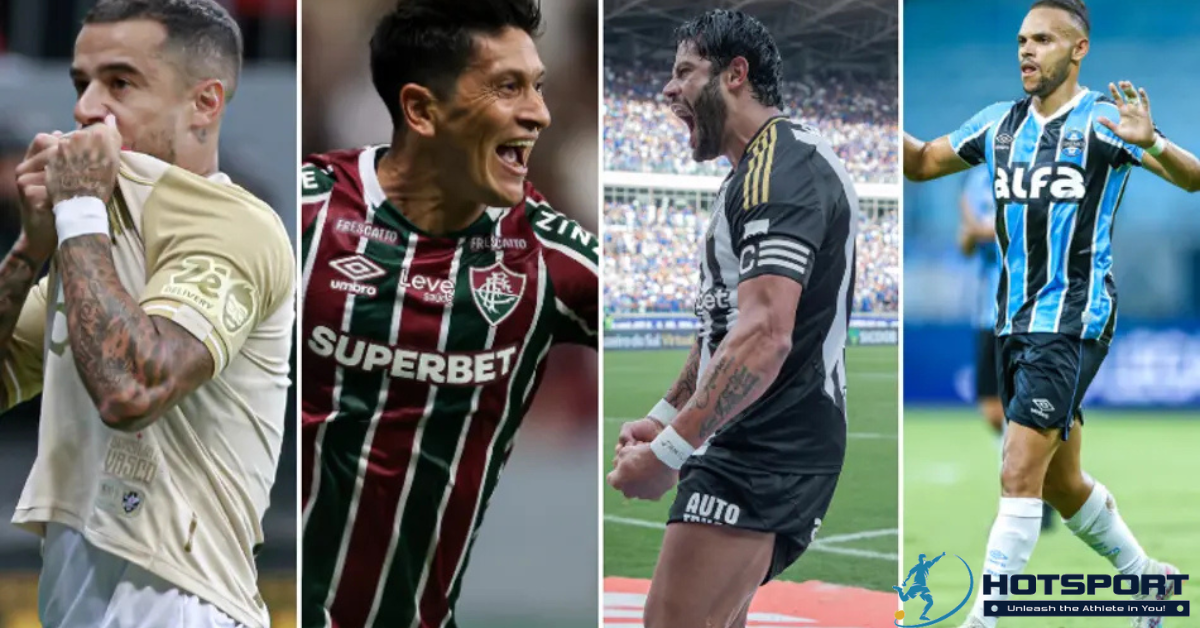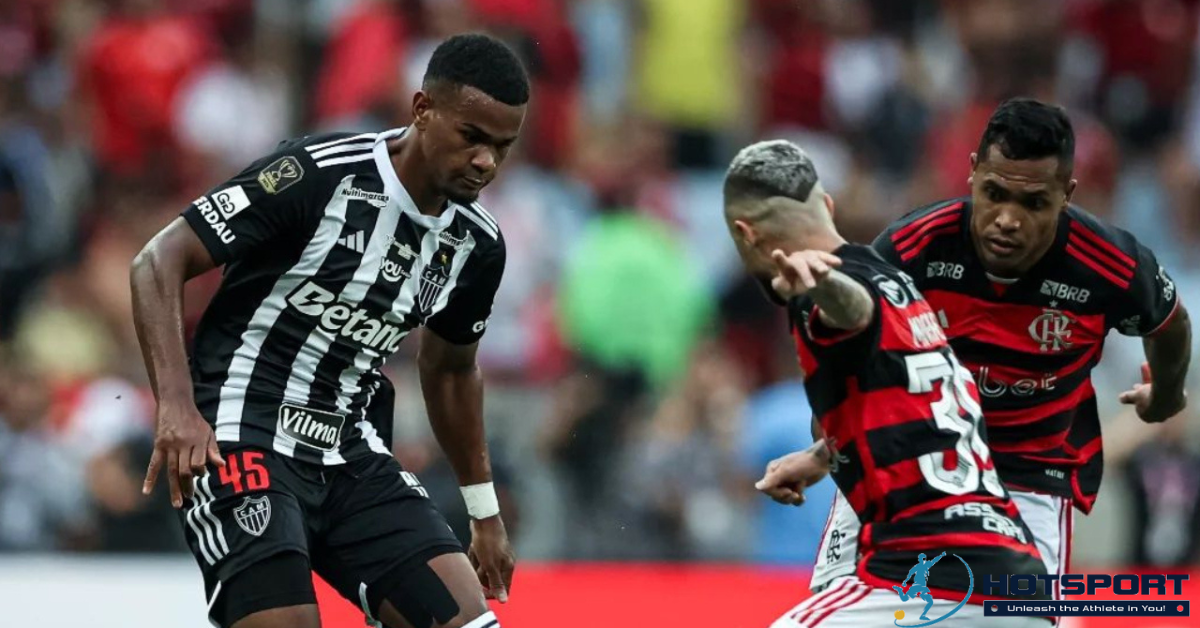Giorgian de Arrascaeta: The Journey of a Uruguayan Star in Brazilian Football
Giorgian Daniel De Arrascaeta Benedetti, known simply as Arrascaeta, is one of the greatest idols in contemporary Brazilian football. Born on June 1, 1994, in Nuevo Berlín, a small town in rural Uruguay, the attacking midfielder has won the hearts of fans with his skill, vision, and decisive goals. Currently shining for Flamengo, he has become a symbol of technique and leadership. This article explores Arrascaeta’s life, career, and impact on football, with a focus on his journey in Brazil.
Early Life and First Steps in Football
Roots in Nuevo Berlín
Arrascaeta grew up in Nuevo Berlín, a simple Uruguayan town marked by rural traditions. The son of Alfredo and Victoria, bread delivery workers, he inherited his father’s passion for horses. His name, Giorgian, pays homage to an undefeated horse his father rode as a jockey. For a time, young Arrascaeta dreamed of following in his father’s footsteps as a jockey, but an accident that fractured Alfredo’s arm led him to focus on football instead.
First Kicks at Pescadores Unidos
At age four, Arrascaeta began playing at Pescadores Unidos, a local club. His talent quickly stood out among other children. His parents’ dedication, driving him to training despite their demanding work schedule, was crucial to his early development. His refined technique and game vision began to take shape in this humble setting, preparing him for greater heights.
Professional Career in Uruguay
Debut at Defensor Sporting
In October 2012, four months after turning 18, Arrascaeta made his professional debut for Defensor Sporting in Uruguay’s Primera División. His first season showcased his potential, culminating in the 2013 Torneo Clausura title. Despite a 3-1 loss to Peñarol in the Uruguayan Championship playoff, his performances drew attention.
Libertadores Breakthrough
In 2014, Arrascaeta was a key player in Defensor Sporting’s run to the Copa Libertadores semifinals. His ability to create plays and score crucial goals put the Uruguayan club on the continental map. These performances caught the eye of Brazilian clubs, particularly Cruzeiro, who saw him as a promising talent.
Cruzeiro: The Start of Stardom in Brazil
Arrival at Cruzeiro
In January 2015, Arrascaeta signed with Cruzeiro for five seasons, marking his entry into Brazilian football. At the club, he formed the famous trio known as “La Banda” alongside Lucas Romero and Ariel Cabral. This group was instrumental in Cruzeiro’s successes, blending South American flair with Brazilian grit.
Titles and Memorable Goals
During his time at Cruzeiro, Arrascaeta won the 2017 and 2018 Copa do Brasil and the 2018 Campeonato Mineiro. A standout moment came on October 19, 2016, in the Copa do Brasil quarterfinals against Corinthians, where he contributed to all four goals in a 4-2 victory, providing an assist, winning a penalty, delivering a corner that led to a goal, and scoring the final goal.
Another highlight was his volley against América Mineiro on February 4, 2018, in the Campeonato Mineiro, which earned a FIFA Puskás Award nomination. His knack for scoring beautiful and decisive goals made him a fan favorite among the Cruzeiro faithful.
Historic Transfer to Flamengo
Record-Breaking Deal
On January 8, 2019, Arrascaeta joined Flamengo in a historic €15 million (R$63.7 million) transfer, the most expensive in Brazilian football at the time. The move was not without controversy, as he missed training sessions at Cruzeiro to force his departure, drawing criticism from some fans. Nevertheless, his arrival at Flamengo marked the beginning of a golden era for the club.
Adaptation and Stardom
Arrascaeta quickly adapted to Flamengo, showcasing his versatility as an attacking midfielder and left winger. His official debut came on January 12, 2019, and he soon became a central figure in the team’s tactics. His vision, precise passing, and clutch goals established him as a key player.
Achievements with Flamengo
2019: The Magical Year
The year 2019 was unforgettable for Arrascaeta and Flamengo. He played a decisive role in the Copa Libertadores victory, providing an assist for Gabriel Barbosa’s first goal in the 2-1 final win against River Plate. Less than 24 hours later, Flamengo clinched the Campeonato Brasileiro, with Arrascaeta leading the league with 14 assists and earning the award for the competition’s most beautiful goal, a bicycle kick against Ceará.
Titles and Records
By 2025, Arrascaeta had won 18 titles with Flamengo, including two Copa Libertadores (2019 and 2022), two Campeonato Brasileiros (2019 and 2020), two Supercopa do Brasil, one Recopa Sul-Americana, and three Campeonato Cariocas. On July 22, 2023, he became the first foreign player to reach 100 Brasileirão matches for Flamengo, a historic milestone.
His 2022 season was so impressive that he was named to the Brasileirão Team of the Year and won the Bola de Prata for the third time. In 2023, he scored the decisive goal in the Recopa Sul-Americana against Independiente del Valle, though he missed a penalty in the shootout that led to Flamengo’s defeat.
Impressive Numbers
As of May 2025, Arrascaeta has played 500 matches in Brazilian football, scoring 132 goals and providing 130 assists, making him one of the greatest foreign players in the country’s history. At Flamengo, he has over 125 goals and 114 assists in 489 matches, cementing his status as the club’s ultimate idol.
Uruguay National Team: Representing the Celeste
Debut and First Goals
Arrascaeta debuted for the Uruguay senior team on September 8, 2014, assisting in a 1-0 win against South Korea. His first goal came on June 6, 2015, in a 5-1 friendly rout of Guatemala ahead of the Copa América. Since then, he has become a cornerstone of the Celeste, inheriting the prestigious number 10 shirt previously worn by Diego Forlán.
Tournament Appearances
Arrascaeta has represented Uruguay in the 2015, 2019, 2021, and 2024 Copa Américas, as well as the 2018 and 2022 World Cups. A memorable moment came in the 2024 Copa América, where he responded with class to taunts from former Flamengo teammate Andreas Pereira, stating that the Brazilian’s words motivated Uruguay’s qualification against Brazil.
In the 2013 U-20 World Cup, he scored two goals and helped Uruguay reach the final, though they lost to France. His consistency for the national team underscores his importance to Uruguayan football.
Challenges and Injuries
Struggles with Injuries
Despite his brilliant career, Arrascaeta has faced injury challenges, particularly in 2024 and 2025. During the 2024 Copa do Brasil final, he left the field with knee pain, noting that the recurring issue was straining his muscles. He hinted at a possible medical procedure at the end of the season.
In March 2025, during a World Cup qualifier against Argentina, Arrascaeta suffered a groin muscle injury, forcing him off the pitch in the 41st minute. Coach Marcelo Bielsa lamented his absence, highlighting his importance to the team’s attacking play.
Resilience and Determination
Despite these setbacks, Arrascaeta has shown resilience, returning to the pitch with the same quality. His dedication to Flamengo and Uruguay is admired by fans and teammates, who see him as a leader on and off the field.
Legacy and Impact on Brazilian Football
A Foreign Idol
Arrascaeta is often cited as the greatest foreign player in Brazilian football history. His blend of technique, tactical intelligence, and charisma places him alongside legends like Zico and Romário in Flamengo’s history. In 2025, he paid tribute to Romário on social media, emphasizing the former player’s importance to the club and saying, “You’re the real deal, Romário.”
Influence Beyond the Pitch
Off the field, Arrascaeta is known for his humility and connection with fans. His journey from a small Uruguayan town to becoming one of Brazil’s greatest players inspires young athletes. He also maintains ties to his culture, being a Roman Catholic and proud of his Basque and Italian roots.
International Interest
Arrascaeta’s talent has not gone unnoticed abroad. In 2024 and 2025, Mexico’s Cruz Azul expressed interest in signing him, but Flamengo’s management remained confident in his contract, which runs until 2026. Cruz Azul’s director, Iván Alonso, praised Arrascaeta, noting that any club would love to have him.
Conclusion
Giorgian De Arrascaeta is more than a footballer; he is a symbol of talent, dedication, and passion. His journey from the fields of Nuevo Berlín to the Maracanã is a story of success that transcends borders. With 18 titles, over 130 goals, and 130 assists in Brazil, he has etched his name into the history of Flamengo and Brazilian football. As he continues to dazzle fans with his dribbles and goals, Arrascaeta builds a legacy that will be remembered for generations.

